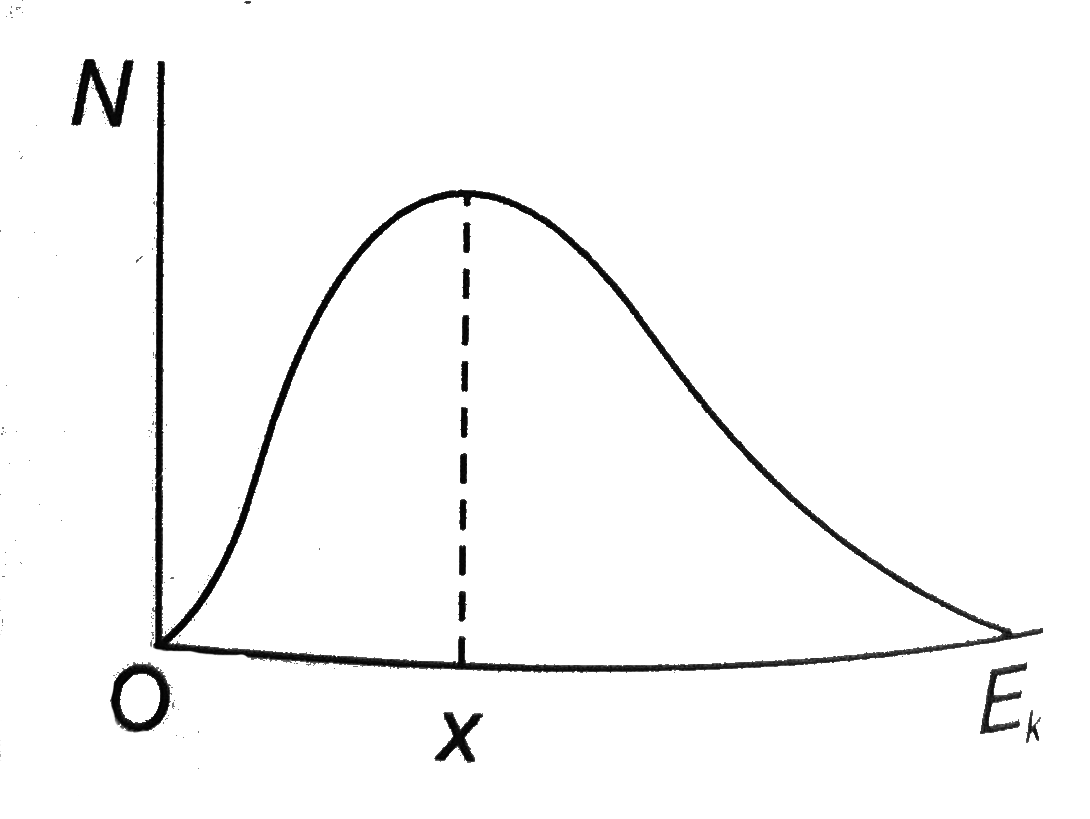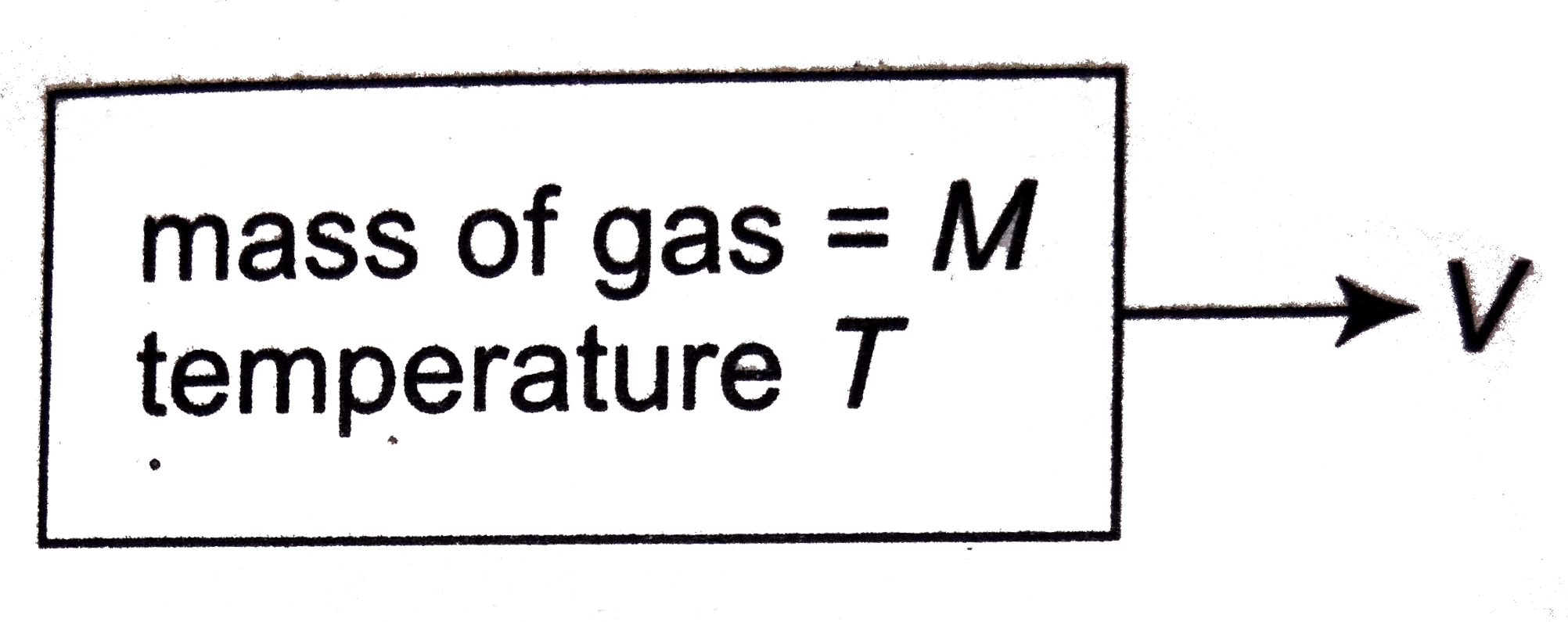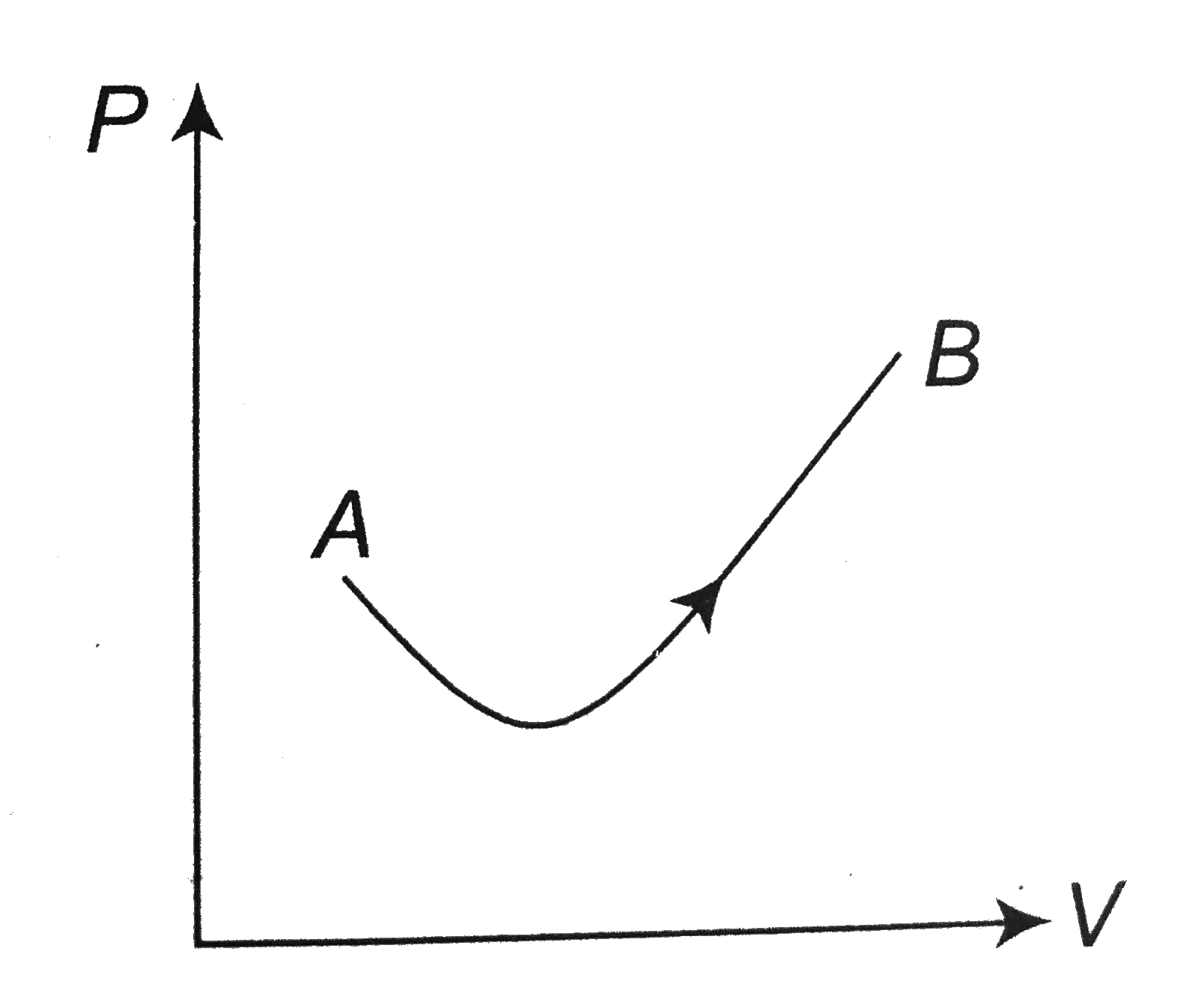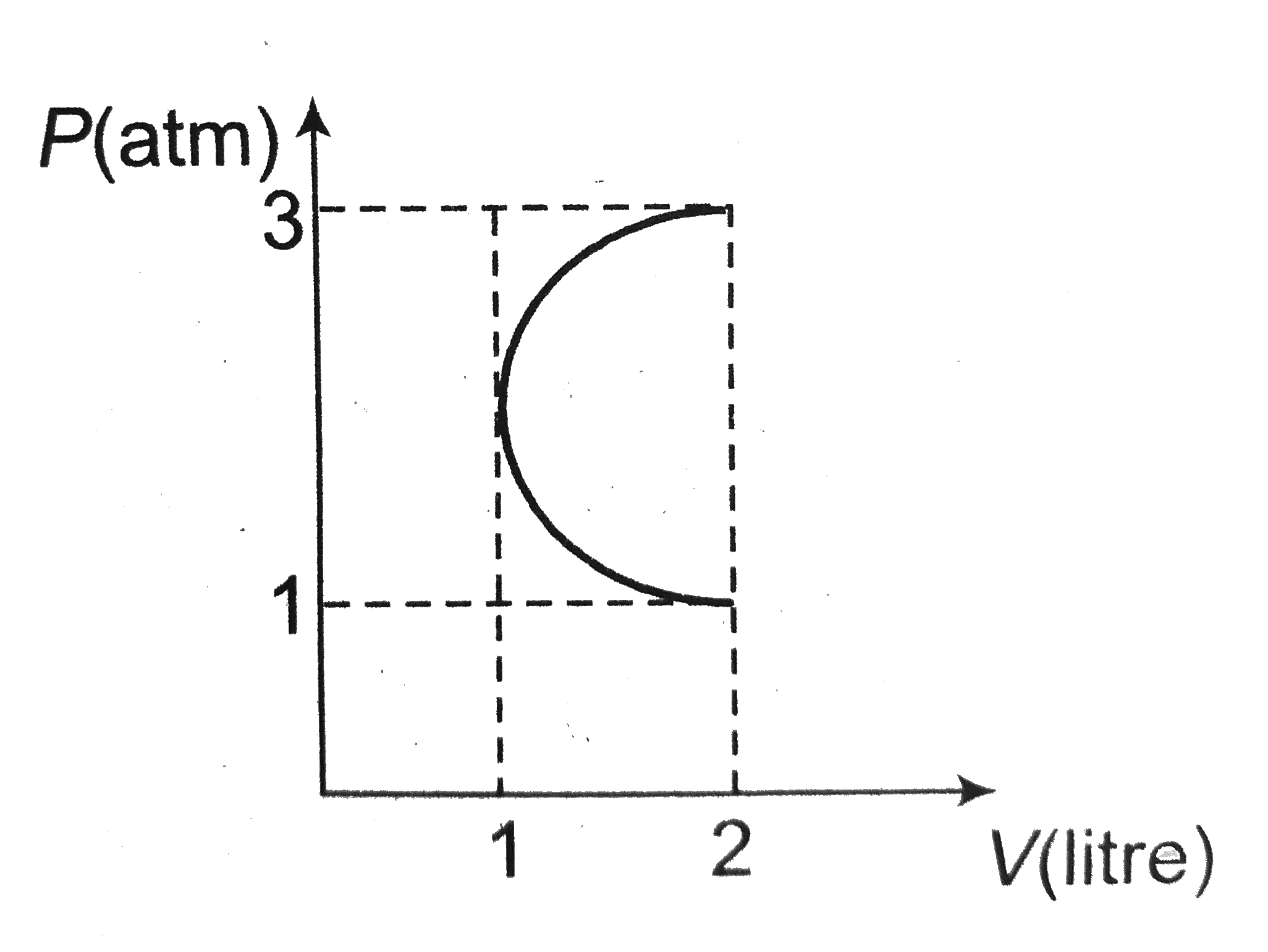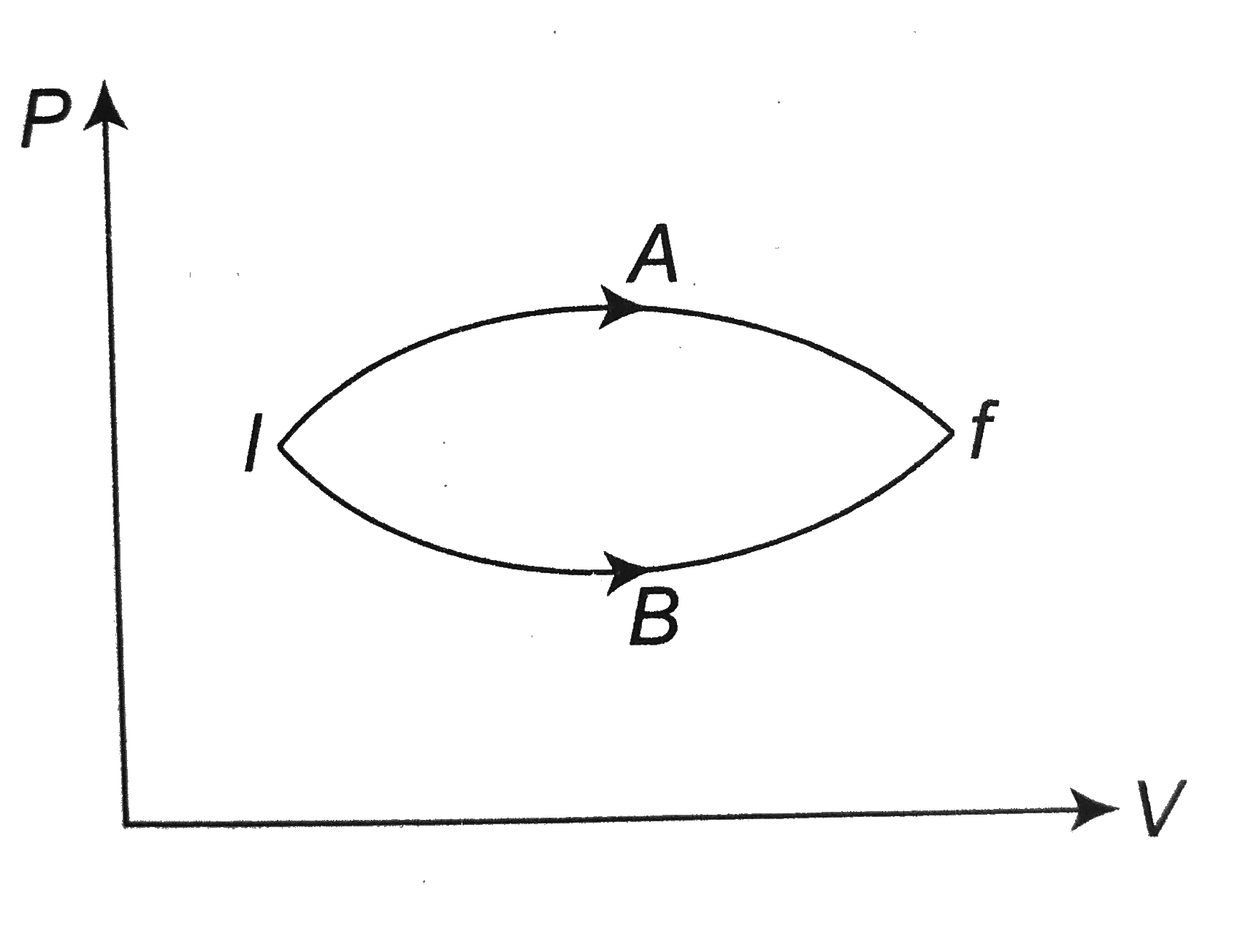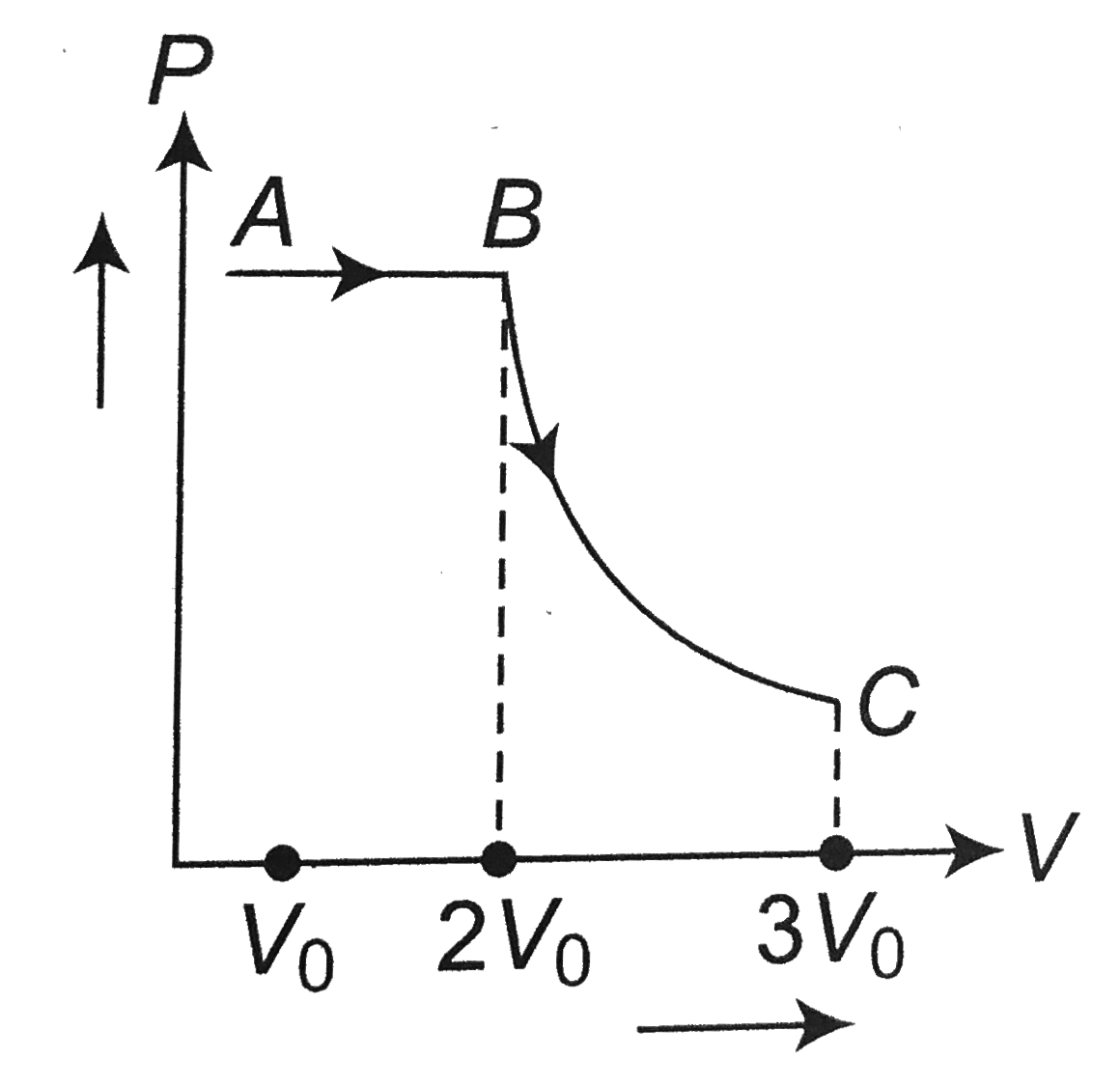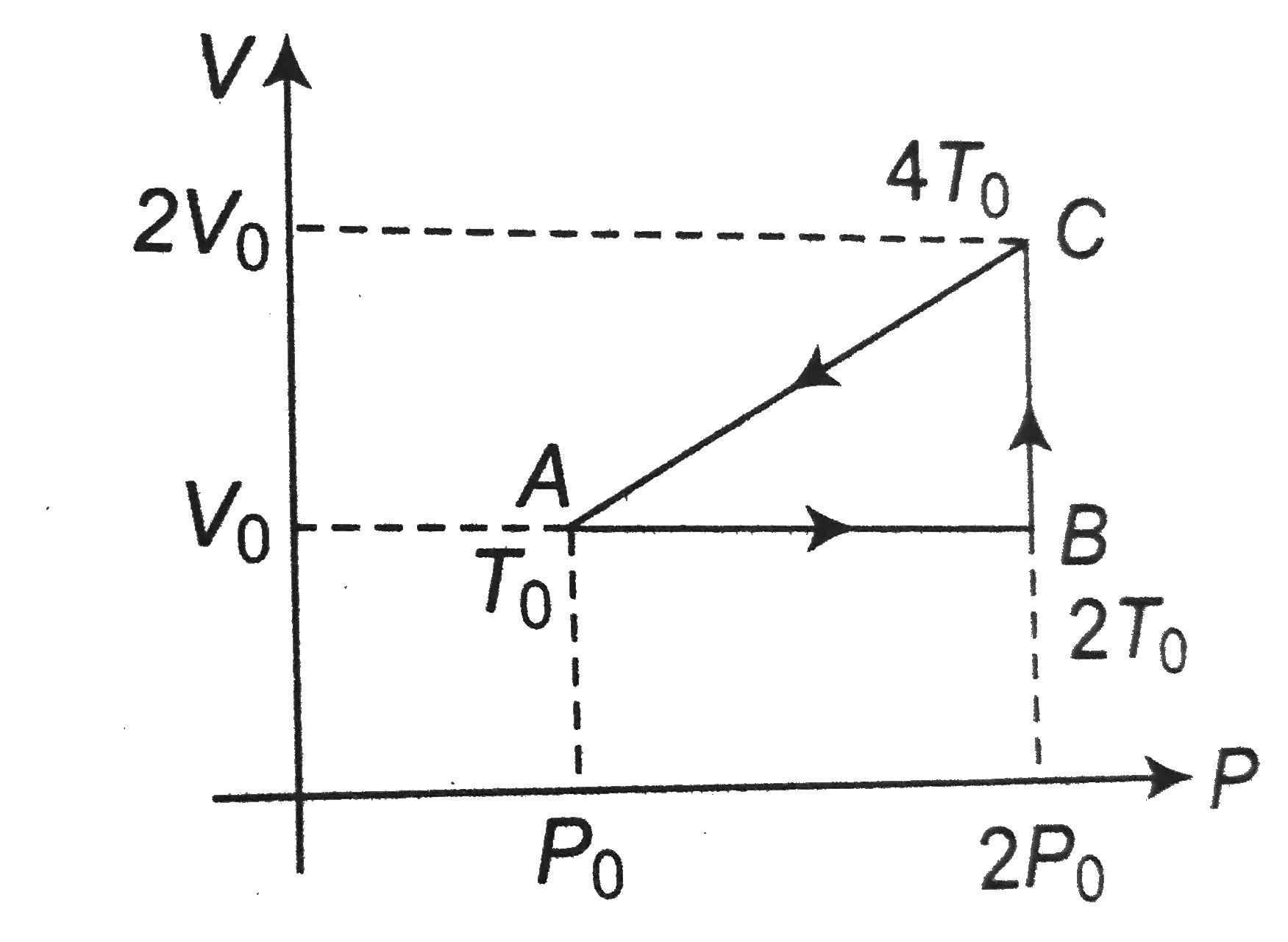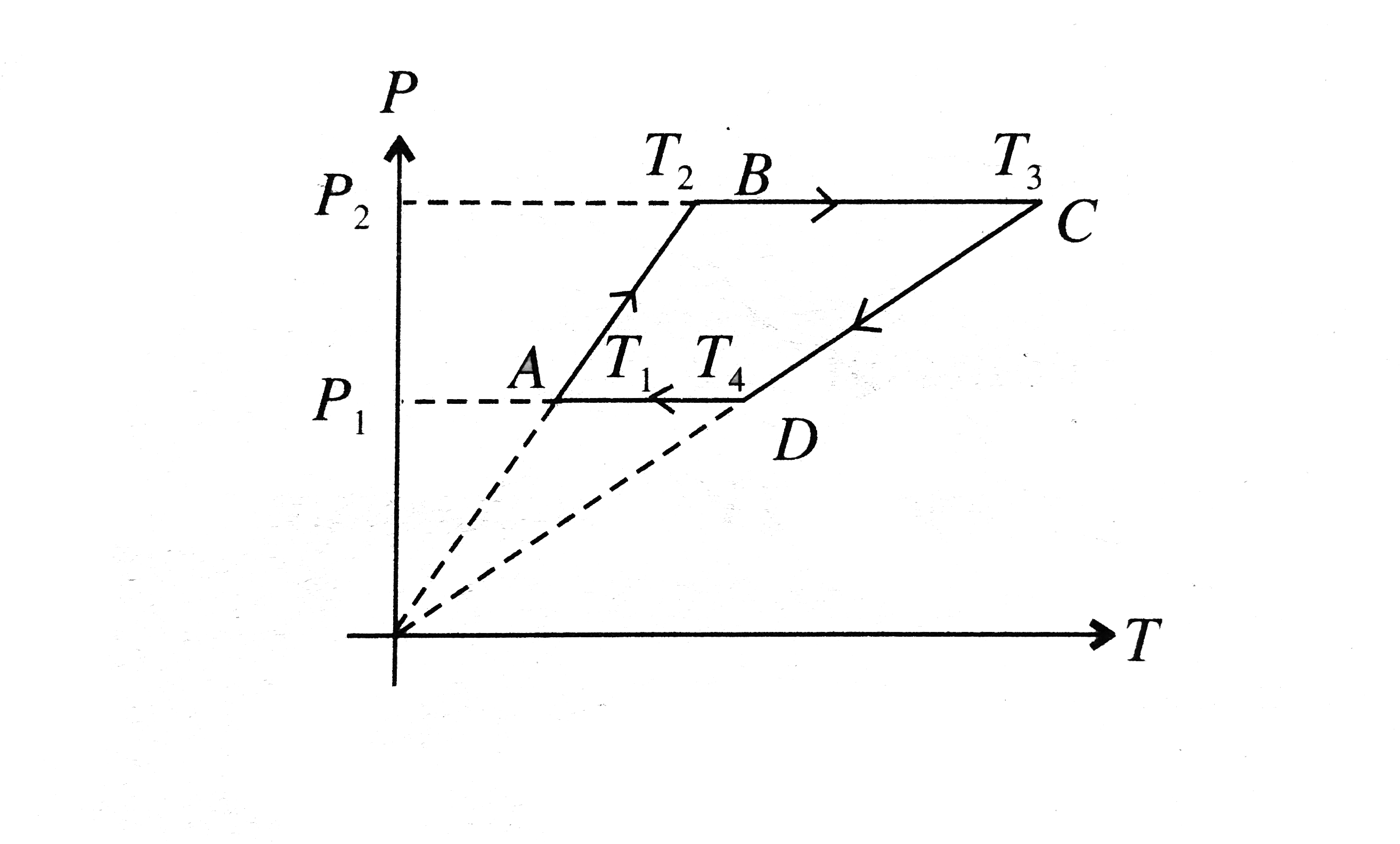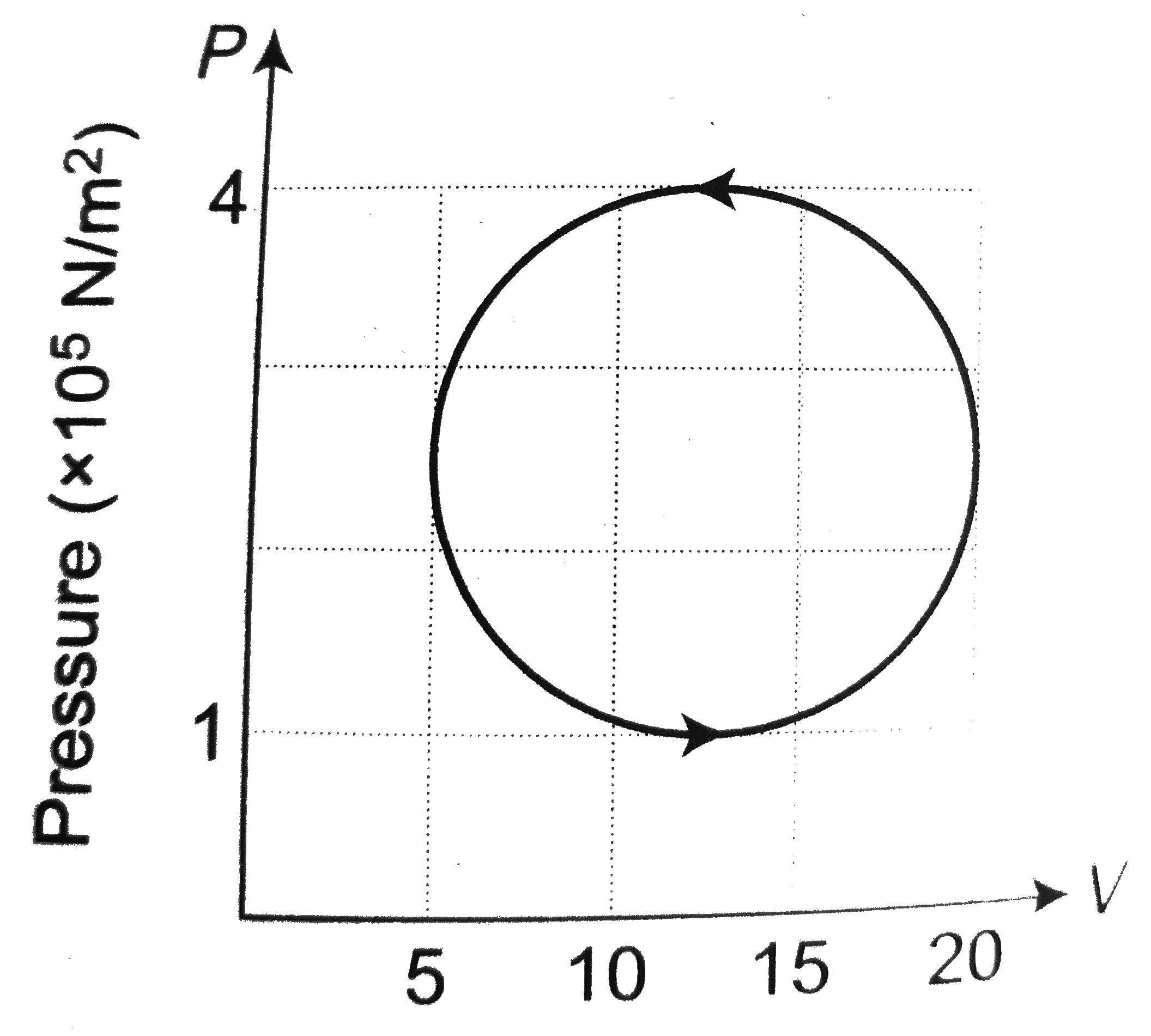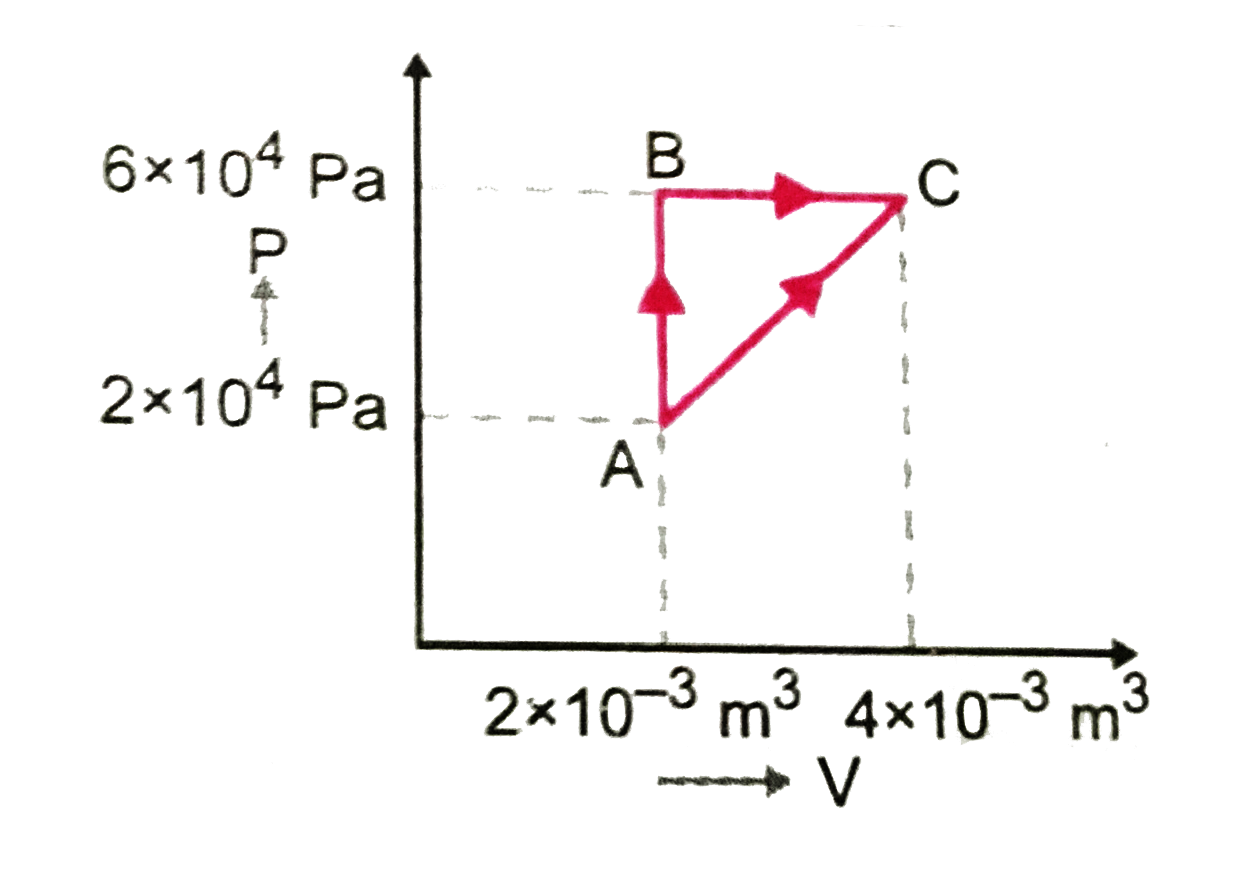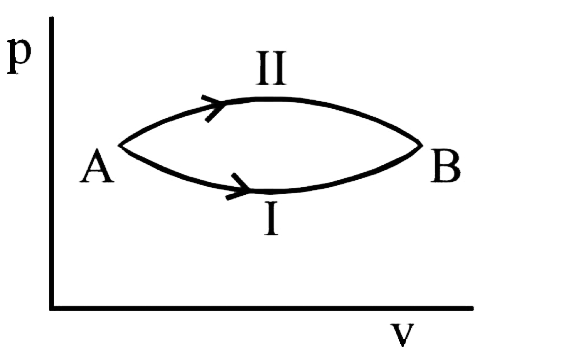Chapter Test from A2Z PHYSICS (HINGLISH) KINETIC THEORY OF GASES AND THERMODYNAMICS for Class 11
| Class 11 | PHYSICS |
| Chapter | KINETIC THEORY OF GASES AND THERMODYNAMICS |
| A2Z PHYSICS (HINGLISH) | Chapter Test |
| Medium | English |
| Academic Year | 2023-2024 |
Question 33
N molecules , each of mass m, of gas A and 2 N molecules , each of mass 2m, of gas B are contained in the same vessel which is maintained at a temperature T. The mean square volcity of molecules of B type is denoted by V2 and the mean square velocity of A type is denoted by V1 then V1V2 is View SolutionQuestion 42
Three closed vessels A,B and C are at the same temperature T and contain gases which obey the Maxwellian distribution of velocities. Vessel A contains only O2,B only N2 and C a mixture of equal quantities of O2 and N2. If the average speed of the O2 molecules in vessel A is V1, that of the N2 molecules in vessel B is V2, the average speed of the O2 molecules in vessel C is (where M is the mass of an oxygen molecules)View SolutionQuestion 43
In a period of 1.00s,5×1023 nitrogen molecules strike a wall with an area of 8.00cm2. Assume the molecules move with a speed of 300m/s and strike the wall head-on in elastic collisions. What is the pressure exerted on the wait?
Note : The mass of one N2 molecules is 4.65×10−26kgView SolutionQuestion 46
Two vessels A and B contain ideal gases with the temperature of B double that of A. Both gases are heated, so that they attain the same temperature. It is found that the fractional increase in the most probable speed of gas in vessel A is double that of the mean speed of gas in B. The ratio of the final to the initial temperature of gas in vessel A isView SolutionQuestion 70
Two spherical vessel of equal volume are connected by a n arrow tube. The apparatus contains an ideal gas at one atmosphere and 300K. Now if one vessel is immersed in a bath of constant temperature 600K and the other in a bath of constant temperature 300K. then the common pressure will be
 View Solution
View SolutionQuestion 74
A closed hollow insulated cylinder is filled with gas at 0∘C and also contains an insulated piston of negligible weight and negligible thickness at the middle point. The gas on one side of the piston is heated to 100∘C. If the piston moves 5cm the length of the hollow cylinder is View SolutionQuestion 75
The air tight and smooth piston of a cylindrical vessel are connected with a string as shown. Initially pressure and temperature of the gas are P0 and T0. The atmospheric pressure is also P0. At a later time, tension in the string is 38P0A where A is cthe cross-sectional are of the cylinder. at this time, the temperature of the gas has become.
 View Solution
View SolutionQuestion 148
A sample of an ideal gas is taken through the cyclic process abca . It absorbs 50J of heat during the part ab, no heat during bc and rejects 70J of heat during ca. 40J of work is done on the gas during the part bc.
(a) Find the internal energy of the gas at b and c if it is 1500J at a.
(b) Calculate the work done by the gas during the part ca.
 View Solution
View SolutionQuestion 163
A sample of an ideal gas initially having internal energy U1 is allowed to expand adiabatically performing work W. Heat Q is then supplied to it, keeping the volume constant at its new value, until the pressure raised to its original value. The internal energy is then U3 (see figure). find the increase in internal energy (U3−U1)?
 View Solution
View SolutionQuestion 185
Two Carnot engines are operated in succession. The first engine receives heat from a source at T=800K and rejects to sink at T2K. The second engine receives heat rejected by the first engine and rejects to another sink at T3=300K. If work outputs of the two engines are equal, then find the value of T2.View SolutionQuestion 211
The equation of state for a gas is given by PV=ηRT+αV, where η is the number of moles and α a positive constant. The initial pressure and temperature of 1 mol of the gas contained in a cylinder is P0 and T0, respectively. The work done by the gas when its temperature doubles isobarically will beView SolutionQuestion 213
A container of volume 1m3 is divided into two equal parts by a partition. One part has an ideal gas at 300K and the other part is vacuum. The whole system is thermally isolated from the surroundings. When the partition is removed, the gas expands to occupy the whole volume. Its temperature will now be .......View SolutionQuestion 219
Two cylinders A and B fitted with pistons contain equal amounts of an ideal diatomic gas at 300K. The piston of A is free to move, while that B is held fixed. The same amount of heat is given to the gas in each cylinder. If the rise in temperature of the gas in A is 30K, then the rise in temperature of the gas in B is View SolutionQuestion 223
Two moles of an ideal gas at temperature T0=300K was cooled isochorically so that the pressure was reduced to half. Then, in an isobaric process, the gas expanded till its temperature got back to the initial value. Find the total amount of heat absorbed by the gas in the processsView SolutionQuestion 231
A sample of an ideal gas has pressure p0, volume V0 and tempreture T0. It is isothermally expanded to twice its original volume.It is then compressed at constant pressure to have the original volume V0. Finally, the gas is heated at constant volume to get the original temperature.
(a) Show the process in a V-T diagram
(b) Calculate the heat absorbed in the process. View SolutionQuestion 232
Figure shows a vessel partitioned by a fixed diathermic separator. Different ideal gases are filled in the two parts. The rms speed of the molecules in the left part equals the mean speed of the molecules in the right part. Calculate the ratio of the mass of a molecule in the left part to the mass of a molecule in the right part.
 View Solution
View SolutionQuestion 233
The internal energy of a monatomic ideal gas is 1.5nRT.One mole of helium is kept in a cylinder of cross section 8.5cm2. The cylinder is closed by a light frictionless piston. The gas is heated slowly in a process during which a total of 42J heat is given to the gas. If the temperature rise through 2∘C, find the distance moved by the piston. atmospheric pressure =100kPa.View SolutionQuestion 240
A gaseous mixture enclosed in a vessel consists of one gram mole of a gas A with γ=(53) and some amount of gas B with γ=75 at a temperature T.
The gases A and B do not react with each other and are assumed to be ideal. Find the number of gram moles of the gas B if γ for the gaseous mixture is (1913).View SolutionQuestion 252
These questions consist two statements each, printed as Assertion and reason, while answering these question you are required to choose any one of the following four responsis:
(a) If both the assertion and reason are true and reason is a true explanation of the assertion.
(b) If both the assertion and reason are true but the reason is not the correct explanation of assertion.
(c ) If the assertion is true but reason is false.
(d) If both the assertion and reason are false.
Q. Assertion: A bubble comes from the bottom of a lake to the top.
Reason: Its radius increases.View SolutionQuestion 287
One mole of an ideal gas goes from an initial state A to final state B via two processs : It first undergoes isothermal expansion from volume V to 3V and then its volume is reduced from 3V to V at constant pressure. The correct P−V diagram representing the two process in (figure)View SolutionQuestion 288
An ideal gas goes from State A to state B via three different process as indicate in the P−V diagram.

If Q2,Q3 indicates the heat absorbed by the gas along the three processes and ΔU1,ΔU2,ΔU3 indicates the change in internal energy along the three processes respectively, thenView SolutionQuestion 351
Two identical containers A and B with frictionless pistons contain the same ideal gas at the same temperature and the same velocity V. The mass of the gas in A is mA, and that in B is mB. The gas in each cylinder is now allowed to expand isothermally to the same final volume 2V. The changes in the pressure in A and B are found to be ΔPand1.5ΔP respectively. ThenView SolutionQuestion 352
Two cylinders A and B fitted with pistons contain equal amounts of an ideal diatomic gas at 300K. The piston of A is free to move, while that B is held fixed. The same amount of heat is given to the gas in each cylinder. If the rise in temperature of the gas in A is 30K, then the rise in temperature of the gas in B is View SolutionQuestion 354
A monoatomic ideal gas, initially at temperature T1, is enclosed in a cylinder fitted with a friction less piston. The gas is allowed to expand adiabatically to a temperature T2 by releasing the piston suddenly. If L1andL2 are the length of the gas column before expansion respectively, then T1T2 is given byView SolutionQuestion 362
Two cylinders A and B fitted with pistons contain equal amounts of an ideal diatomic gas at 300K. The piston of A is free to move, while that B is held fixed. The same amount of heat is given to the gas in each cylinder. If the rise in temperature of the gas in A is 30K, then the rise in temperature of the gas in B is View SolutionQuestion 366
Three samples A, B and C of the same gas (γ=1.5) have equal volumes and temperatures. The volume of each sample is doubled, the process being isothermal for A, adiabatic for B and isobaric for C. If the final pressures are equal for the three samples, Find the ratio of the initial pressures. View Solution
